Cover
About the Authors
Copyright
Foreword
Contents
Preface
Why We Wrote This Book
This Edition
Topic Selection and Organization
An Overview of the Content
Navigating the Text
Chapter Structure
Case Studies with Exercises
Supplemental Materials
Helping Improve This Book
Concluding Remarks
Acknowledgments
Contributors to the Fourth Edition
Contributors to Previous Editions
1 Fundamentals of Computer Design
1.1 Introduction
1.2 Classes of Computers
1.3 Defining Computer Architecture
1.4 Trends in Technology
1.5 Trends in Power in Integrated Circuits
1.6 Trends in Cost
1.7 Dependability
1.8 Measuring, Reporting, and Summarizing Performance
1.9 Quantitative Principles of Computer Design
1.10 Putting It All Together: Performance and Price-Performance
1.11 Fallacies and Pitfalls
1.12 Concluding Remarks
1.13 Historical Perspectives and References
Case Studies with Exercises by Diana Franklin
2 Instruction-Level Parallelism and Its Exploitation
2.1 Instruction-Level Parallelism: Concepts and Challenges
2.2 Basic Compiler Techniques for Exposing ILP
2.3 Reducing Branch Costs with Prediction
2.4 Overcoming Data Hazards with Dynamic Scheduling
2.5 Dynamic Scheduling: Examples and the Algorithm
2.6 Hardware-Based Speculation
2.7 Exploiting ILP Using Multiple Issue and Static Scheduling
2.8 Exploiting ILP Using Dynamic Scheduling, Multiple Issue, and Speculation
2.9 Advanced Techniques for Instruction Delivery and Speculation
2.10 Putting It All Together: The Intel Pentium 4
2.11 Fallacies and Pitfalls
2.12 Concluding Remarks
2.13 Historical Perspective and References
Case Studies with Exercises by Robert P. Colwell
3 Limits on Instruction-Level Parallelism
3.1 Introduction
3.2 Studies of the Limitations of ILP
3.3 Limitations on ILP for Realizable Processors
3.4 Crosscutting Issues: Hardware versus Software Speculation
3.5 Multithreading: Using ILP Support to Exploit Thread-Level Parallelism
3.6 Putting It All Together: Performance and Efficiency in Advanced Multiple-Issue Processors
3.7 Fallacies and Pitfalls
3.8 Concluding Remarks
3.9 Historical Perspective and References
Case Study with Exercises by Wen-mei W. Hwu and John W. Sias
4 Multiprocessors and Thread-Level Parallelism
4.1 Introduction
4.2 Symmetric Shared-Memory Architectures
4.3 Performance of Symmetric Shared-Memory Multiprocessors
4.4 Distributed Shared Memory and Directory-Based Coherence
4.5 Synchronization: The Basics
4.6 Models of Memory Consistency: An Introduction
4.7 Crosscutting Issues
4.8 Putting It All Together: The Sun T1 Multiprocessor
4.9 Fallacies and Pitfalls
4.10 Concluding Remarks
4.11 Historical Perspective and References
Case Studies with Exercises by David A. Wood
5 Memory Hierarchy Design
5.1 Introduction
5.2 Eleven Advanced Optimizations of Cache Performance
5.3 Memory Technology and Optimizations
5.4 Protection: Virtual Memory and Virtual Machines
5.5 Crosscutting Issues: The Design of Memory Hierarchies
5.6 Putting It All Together: AMD Opteron Memory Hierarchy
5.7 Fallacies and Pitfalls
5.8 Concluding Remarks
5.9 Historical Perspective and References
Case Studies with Exercises by Norman P. Jouppi
6 Storage Systems
6.1 Introduction
6.2 Advanced Topics in Disk Storage
6.3 Definition and Examples of Real Faults and Failures
6.4 I/O Performance, Reliability Measures, and Benchmarks
6.5 A Little Queuing Theory
6.6 Crosscutting Issues
6.7 Designing and Evaluating an I/O System - The Internet Archive Cluster
6.8 Putting It All Together: NetApp FAS6000 Filer
6.9 Fallacies and Pitfalls
6.10 Concluding Remarks
6.11 Historical Perspective and References
Case Studies with Exercises by Andrea C. Arpaci-Dusseau and Remzi H. Arpaci-Dusseau
A Pipelining: Basic and Intermediate Concepts
A.1 Introduction
A.2 The Major Hurdle of Pipelining - Pipeline Hazards
A.3 How Is Pipelining Implemented?
A.4 What Makes Pipelining Hard to Implement?
A.5 Extending the MIPS Pipeline to Handle Multicycle Operations
A.6 Putting It All Together: The MIPS R4000 Pipeline
A.7 Crosscutting Issues
A.8 Fallacies and Pitfalls
A.9 Concluding Remarks
A.10 Historical Perspective and References
B Instruction Set Principles and Examples
B.1 Introduction
B.2 Classifying Instruction Set Architectures
B.3 Memory Addressing
B.4 Type and Size of Operands
B.5 Operations in the Instruction Set
B.6 Instructions for Control Flow
B.7 Encoding an Instruction Set
B.8 Crosscutting Issues: The Role of Compilers
B.9 Putting It All Together: The MIPS Architecture
B.10 Fallacies and Pitfalls
B.11 Concluding Remarks
B.12 Historical Perspective and References
C Review of Memory Hierarchy
C.1 Introduction
C.2 Cache Performance
C.3 Six Basic Cache Optimizations
C.4 Virtual Memory
C.5 Protection and Examples of Virtual Memory
C.6 Fallacies and Pitfalls
C.7 Concluding Remarks
C.8 Historical Perspective and References
References
Index
About the CD
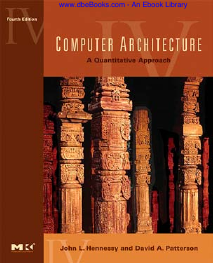
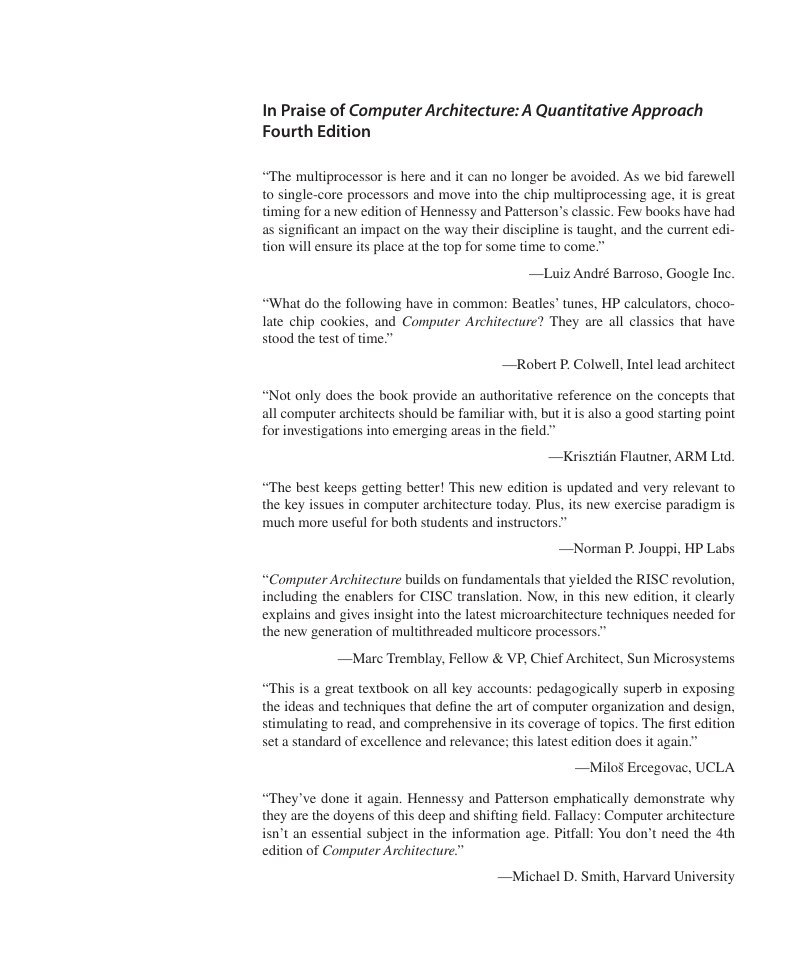
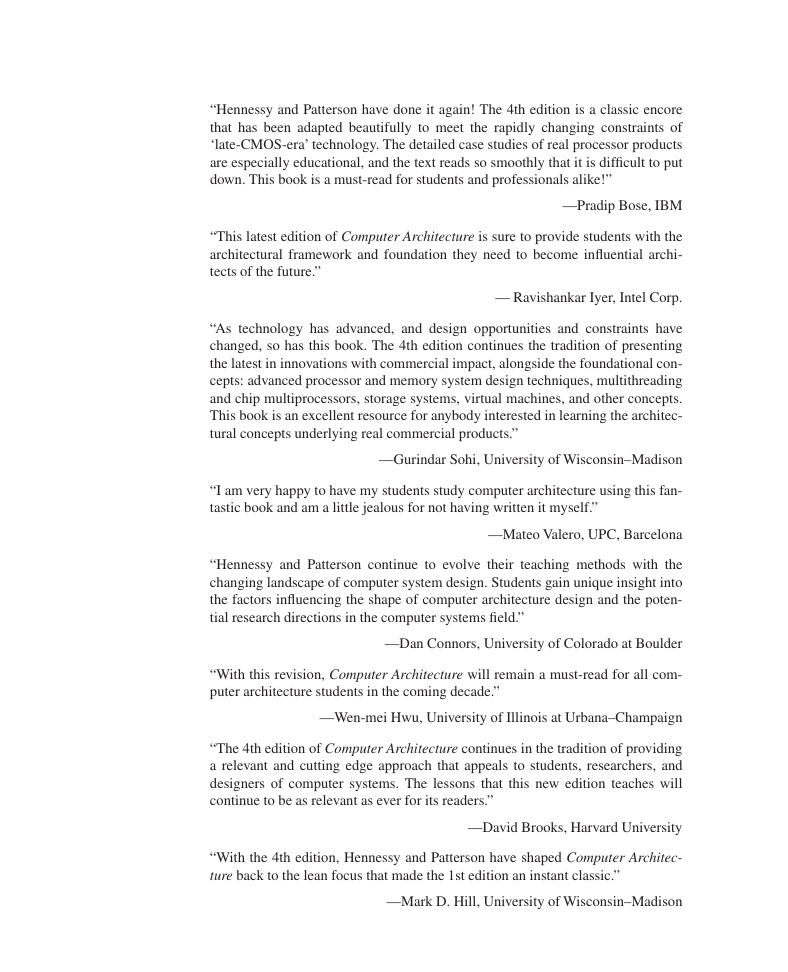
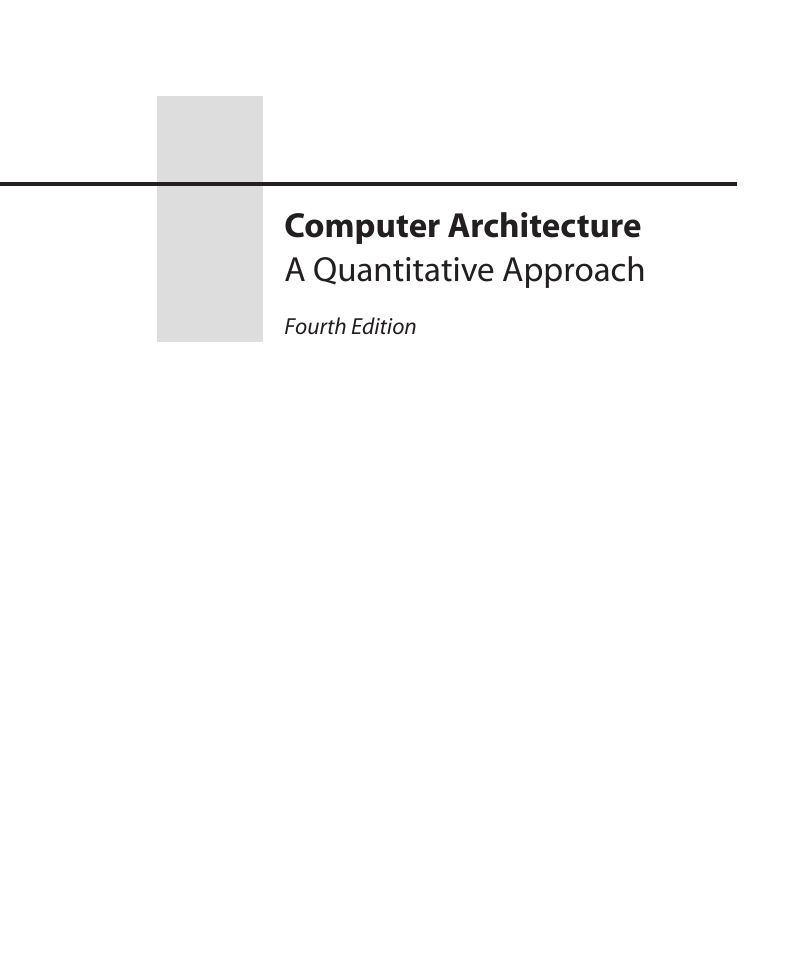

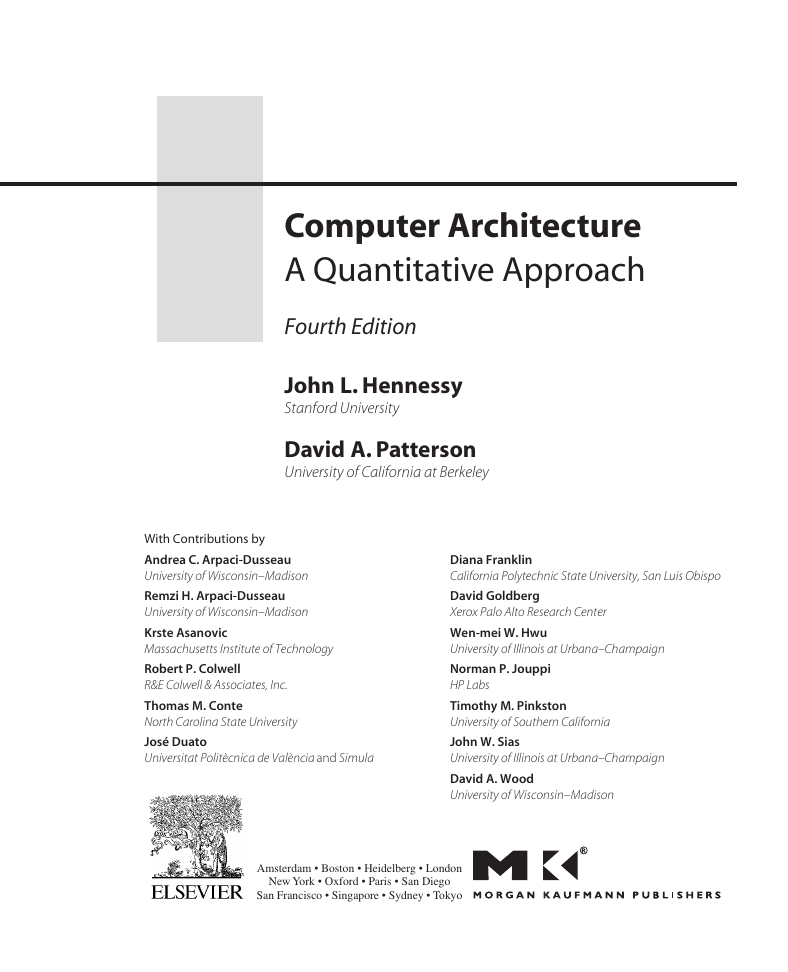
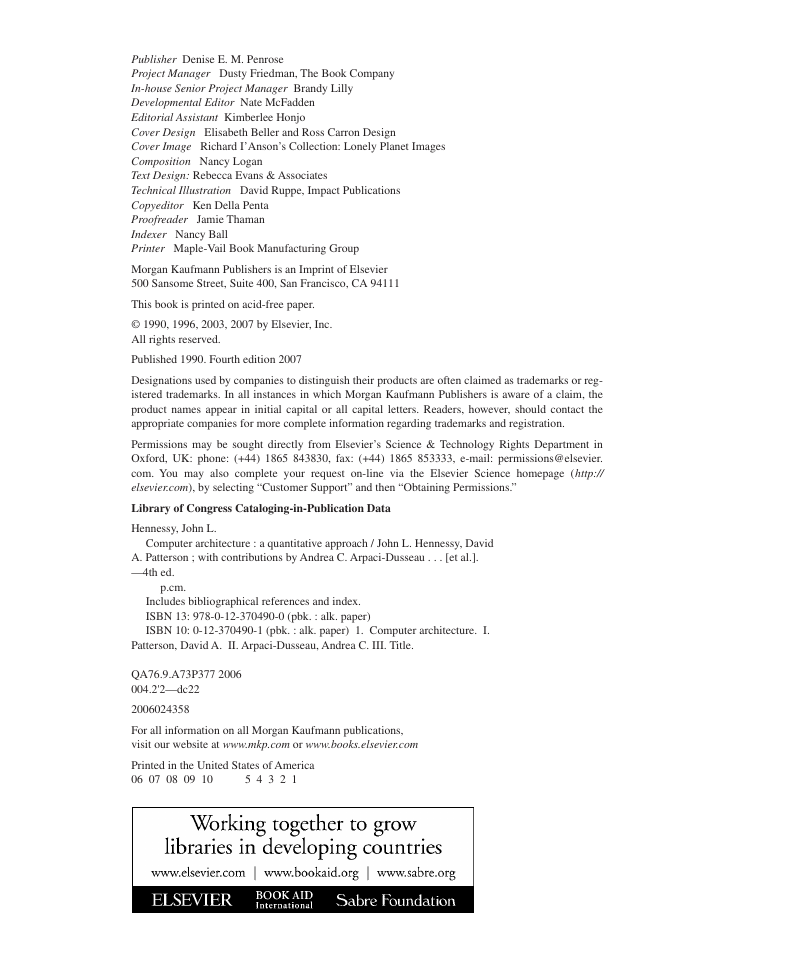
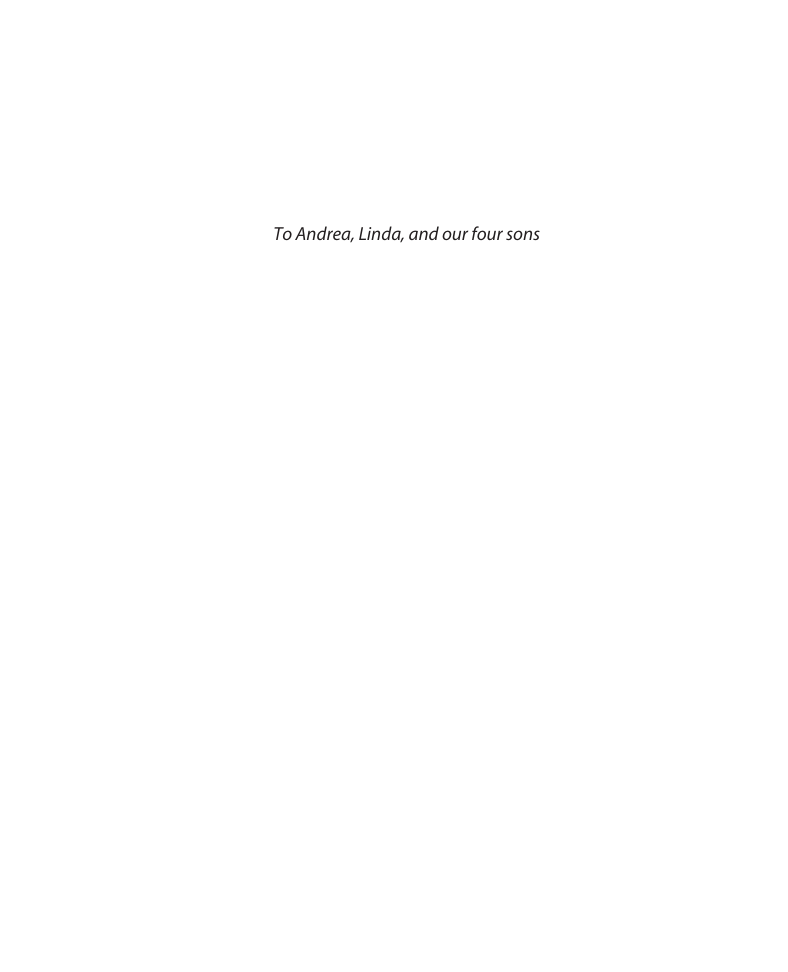








 2023年江西萍乡中考道德与法治真题及答案.doc
2023年江西萍乡中考道德与法治真题及答案.doc 2012年重庆南川中考生物真题及答案.doc
2012年重庆南川中考生物真题及答案.doc 2013年江西师范大学地理学综合及文艺理论基础考研真题.doc
2013年江西师范大学地理学综合及文艺理论基础考研真题.doc 2020年四川甘孜小升初语文真题及答案I卷.doc
2020年四川甘孜小升初语文真题及答案I卷.doc 2020年注册岩土工程师专业基础考试真题及答案.doc
2020年注册岩土工程师专业基础考试真题及答案.doc 2023-2024学年福建省厦门市九年级上学期数学月考试题及答案.doc
2023-2024学年福建省厦门市九年级上学期数学月考试题及答案.doc 2021-2022学年辽宁省沈阳市大东区九年级上学期语文期末试题及答案.doc
2021-2022学年辽宁省沈阳市大东区九年级上学期语文期末试题及答案.doc 2022-2023学年北京东城区初三第一学期物理期末试卷及答案.doc
2022-2023学年北京东城区初三第一学期物理期末试卷及答案.doc 2018上半年江西教师资格初中地理学科知识与教学能力真题及答案.doc
2018上半年江西教师资格初中地理学科知识与教学能力真题及答案.doc 2012年河北国家公务员申论考试真题及答案-省级.doc
2012年河北国家公务员申论考试真题及答案-省级.doc 2020-2021学年江苏省扬州市江都区邵樊片九年级上学期数学第一次质量检测试题及答案.doc
2020-2021学年江苏省扬州市江都区邵樊片九年级上学期数学第一次质量检测试题及答案.doc 2022下半年黑龙江教师资格证中学综合素质真题及答案.doc
2022下半年黑龙江教师资格证中学综合素质真题及答案.doc